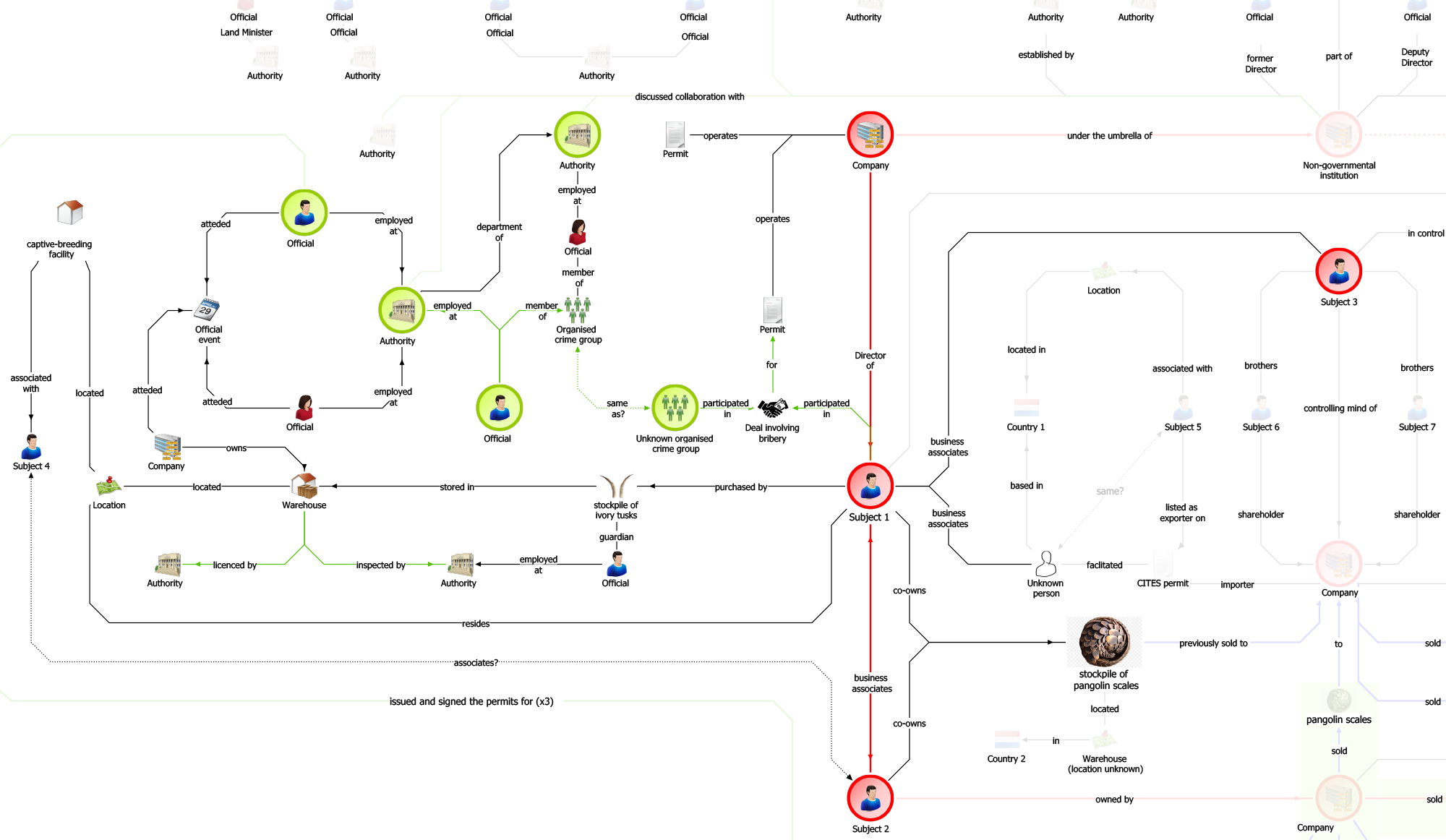It’s Intelligence Week at EIA, a chance to find out about the work of the team at the heart of all we do
Welcome to Intelligence Week at EIA, an opportunity to share with you a glimpse of the amazing work done behind the scenes by some of our unsung heroes!
If you’ve been a follower or supporter of ours for a while, you’ve probably come across our oft-used catchphrase ‘Protecting the environment with intelligence’.
This doesn’t mean we’re a bit full of ourselves and our (admittedly pretty respectable) collective IQ.
No, it refers to the fact that intelligence, in the sense of intelligence-gathering, has informed and shaped our ground-breaking work right from the early days.
On the front lines of our work are our undercover investigators and, in their many dealings with wildlife and forest criminals, they pick up a formidable wealth of information. This can take the form of piecing together mutual connections across organised crime syndicates to collecting addresses, phone numbers and usernames on social media platforms.
It’s often a staggering amount of seemingly disparate information and to make sense of it, we rely heavily on the sterling work of our Intelligence Team.
This team comprises intelligence analysts who work alongside investigators and campaigners to collate and scrutinise the information collected so that it can be turned into actionable intelligence and results.
Once information comes in from the field, it is assessed by the team using established intelligence processes before it is used to inform decision-making at EIA – where we need to allocate resources, what warrants further research and identifying high-priority targets and cases.
They need to evaluate the reliability of the source, along with the validity and accuracy of the information secured and to do this they use an approved intelligence-grading system as set out by the College of Policing.
Properly handling and piecing together such a wealth of information is crucial, so we store it all in an intelligence database which can be easily manipulated and queried using specialist analysis software.

A complex web – this example shows how relationships in environmental crime can be revealed by our analysts
This allows the team to view the information in different ways and make valuable connections, allowing us to see, for example, how one particular individual and his mobile phone number might be connected with another criminal, perhaps based in a different country entirely.
An analyst’s main job at EIA is provide answers to the ‘What? Why? When? Who? And How?’ questions of environmental crime, such as how a certain crime type or network might operate. Additional research can then be carried out to corroborate information and fill knowledge gaps.
The Intelligence Team also works closely with our partners around the world, sharing our knowledge of intelligence processes and our findings to assist in building further capacity and skills in intelligence analysis.
We do this because we believe that working with these partners, and ensuring they have the resources and capability to conduct intelligence-led investigations is key in disrupting transnational organised crime groups and combatting environmental crime.
Our amazing analysts do not always get the public shout-out they deserve, but they are essential to the work we do, allowing us to stay on the forefront of new technology, investigative techniques and driving us forward in our fight to combat wildlife and forest crime.
But this week, at least, is for them, so look out each day for new stories about what they do, how they do it – and how it really is absolutely vital to tackle some of the natural world’s most pressing problems with intelligence as well as heart.



